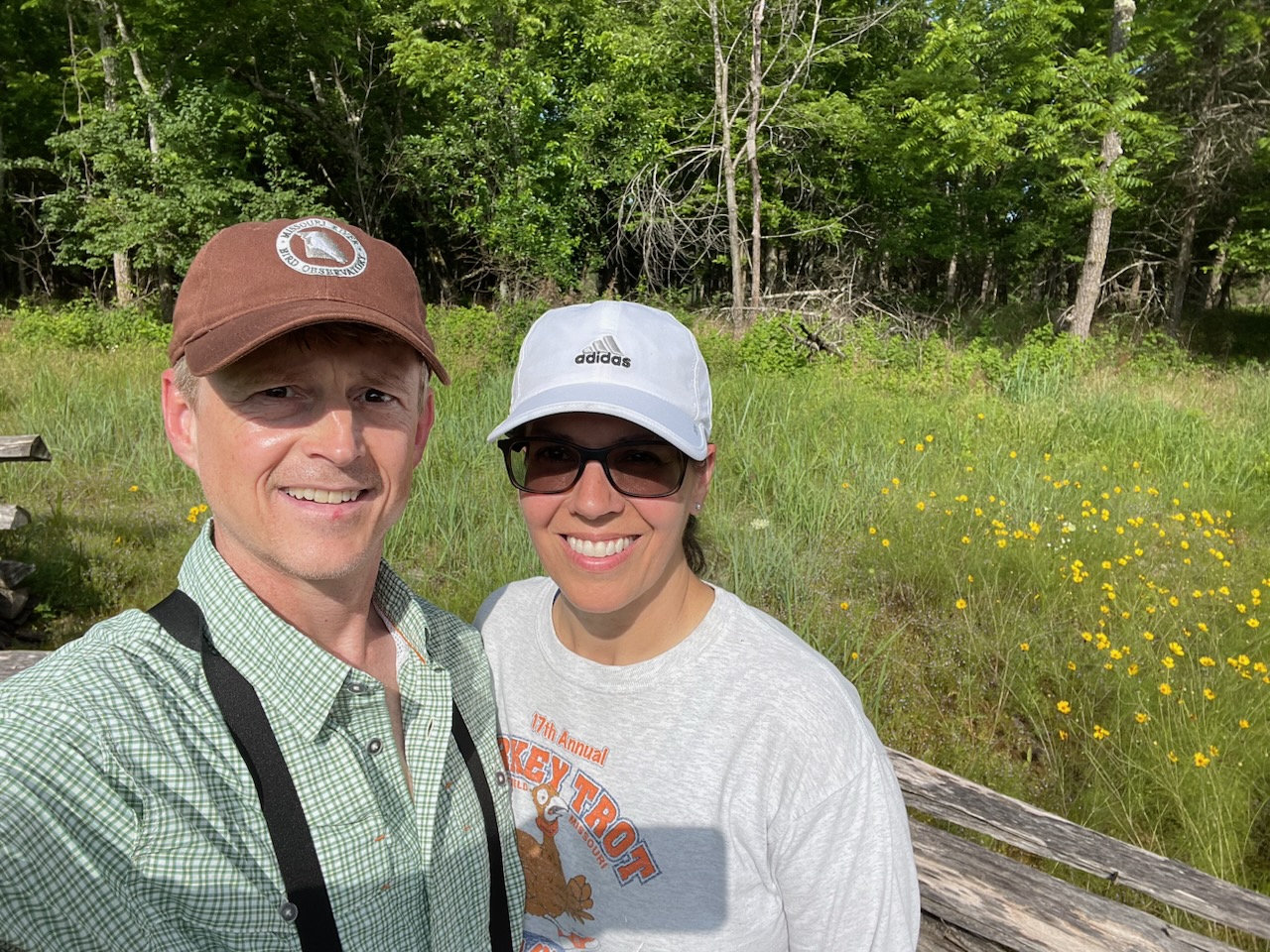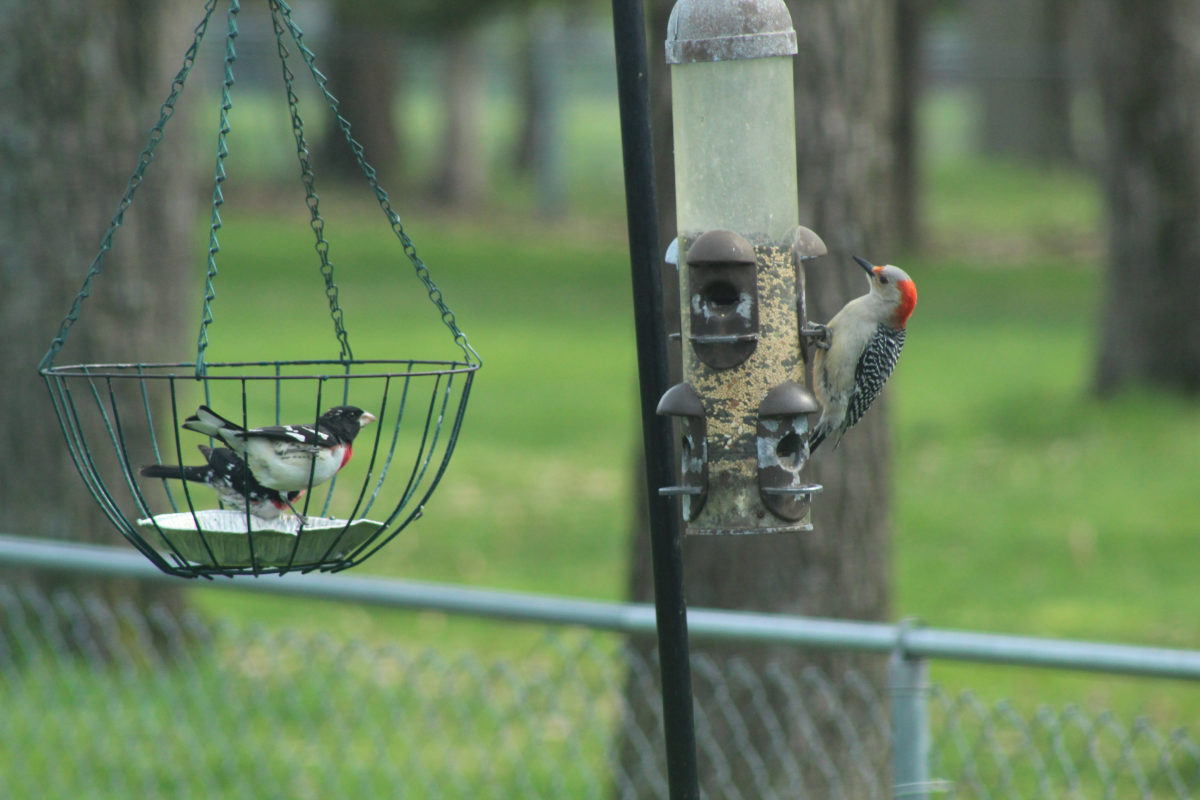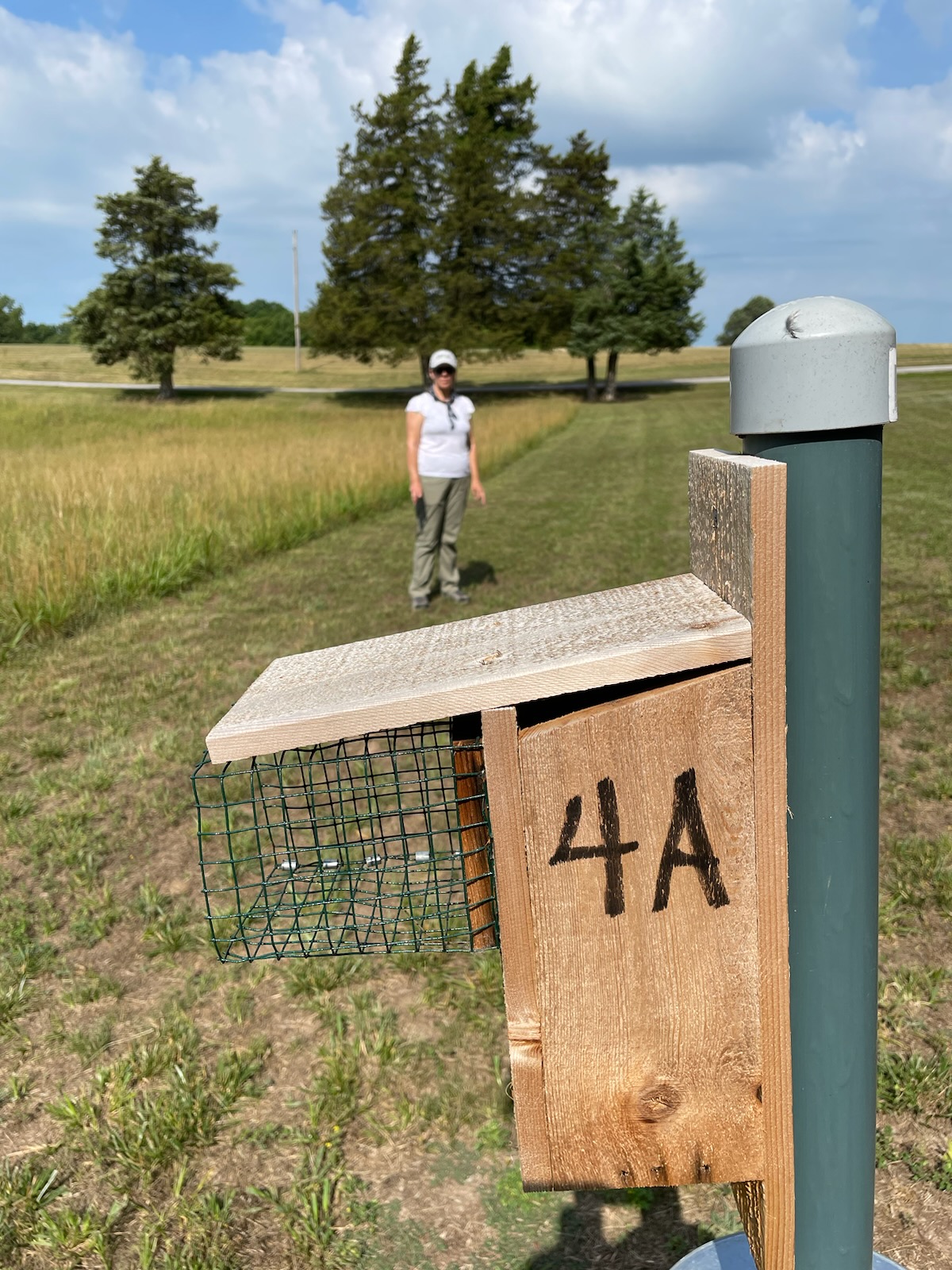Ben Caruthers has enjoyed watching birds since he was a child, when his grandfather taught him what he knew about them.
For at least the past four years, the Greater Ozarks Audubon Society president has also been counting the birds he watches — and reporting those numbers to databases tracking avian populations.
While some of the counting Caruthers does is from designated places or part of official events like the Audubon Society’s Christmas Bird Count or the upcoming Great Backyard Bird Count, which begins Friday, he also counts birds once a week from his own north Springfield backyard, anyway.
“It’s just as important in my yard,” Caruthers said of the counting.

Rob Schultz would agree.
The guest speaker for this month’s Ozarks chapter meeting and vice president for the National Audubon Society’s Upper Mississippi region, Schultz said monitoring bird populations is some of the most important work volunteers are doing in Missouri, one of three states in that region along with Minnesota and Iowa.
“In Missouri, the most important thing that’s happening right now are our avian surveys,” Schultz said in a phone interview from Minnesota.
When Schultz speaks to the southwest Missouri chapter Feb. 15 at the Springfield Conservation Nature Center, he’ll talk about avian monitoring as part of the national organization's new strategic plan — dubbed its “flight plan.”
Want to go?
What: Rob Schultz will speak at the Greater Ozarks Audubon Society meeting. Admission is free.
When: Thursday, Feb. 15, 5:30-7:45 p.m. Refreshments precede the meeting.
Where: Springfield Conservation Nature Center, 4601 S. Nature Center Way
A Mississippi migration route

For scientists, counting birds in this region matters because 60 percent of migratory birds fly along a passage that follows the Mississippi River, traveling from as far north as the Arctic to as far south as Central and South America.
“So it’s a crucial, crucial flyway within the United States,” Schultz said.
Following tagged migratory birds detected by Motus wildlife tracking towers along the flyway gives scientists information that helps them see when and where birds are flying, including their “stopover” points en route, Schultz explained.
One nearby Motus tower is at the Missouri Department of Conservation’s Southwest Regional Office near Kearney Street and U.S. Highway 65. Sponsored by the Greater Ozarks Audubon chapter, the tower was paid for by fundraisers, like the group’s annual Birdathon, Caruthers said.
As the same species of birds fly over towers year after year, scientists are “learning a lot about what’s happening on Earth in terms of climate change through the changes we’re seeing in bird migrations,” Schultz said.
The weather, along with the availability of food, water and shelter in stopover habitats, affects birds’ migration patterns, Schultz said.
Flamingos in Wisconsin
Schultz pointed to two recent studies that report significant declines in bird populations due to climate change.
In 2019, a study published in the journal Science reported that North America has lost nearly 3 billion birds since 1970.

Headed by researchers at Cornell University, that study brought together research from its Laboratory of Ornithology as well as the American Bird Conservancy, Bird Conservancy of the Rockies, Georgetown University, the Smithsonian Conservation Biology Institute’s Migratory Bird Center, the U.S. Geological Survey, and, in Canada, the Canadian Wildlife Service and National Wildlife Research Centre.
Within weeks, Schultz said, the Audubon Society also published “Survival by Degrees,” which applies climate change models to 140 million observations by birders and scientists to forecast the vulnerability of species in different areas due to carbon emissions.
All website visitors need to do to find out about vulnerable species in their area is enter a zip code: Around the Nature Center, for example, high-vulnerability birds include the Eastern whip-poor-will and the red-headed woodpecker.
“We like to tell people that Cornell’s report looked backwards to tell people what’s been happening, and then Audubon’s report looked forwards to tell people what would happen if temperatures continue to change,” Schultz said.
One thing happening is that some birds — an “indicator species,” Schultz explained, because they’re among the first to respond to environmental changes — have been showing up in unexpected places.
Like the pink flamingos — native to Mexico, the Caribbean and South America — spotted and reported along the shore of Lake Michigan last summer near Milwaukee.
“Immediately, we were able to use that information, and we had scientists out there confirming those sightings,” Schultz said.
Birders on the ground
Using their binoculars, birders have been sharing such sightings with Audubon for a century now, Schultz said.
Today, modern technology makes sharing that information much easier. With cell phone apps like Cornell’s eBird, birders can enter data immediately — and often what the public sees aligns with what scientists are observing, Schultz added.
Community science programs like bird counts make a difference, he said.
“It’s really important data that’s being fed into these larger computer systems to help us understand what’s happening on a hemispheric level,” Schultz said.

Caruthers uses eBird not only to count birds but to find “hot spots” for bird-watching when he’s traveling. It’s also fun to learn what other birders are seeing in an area, he said.
When Caruthers joined the national Audubon Society a few years ago, convinced
“that I needed to put more of my resources into trying to save the planet,” he said he wasn’t even aware there was an Ozarks chapter — until he received an email saying he had automatically become a member.
Yet one topic Schultz will address at Thursday’s meeting is the difference local volunteers make, even by counting birds.
“One of the reasons why the avian surveying program is so important is that Audubon has been doing bird counts for more than 100 years,” Schultz said. “And that work has happened because of our local chapters.”


